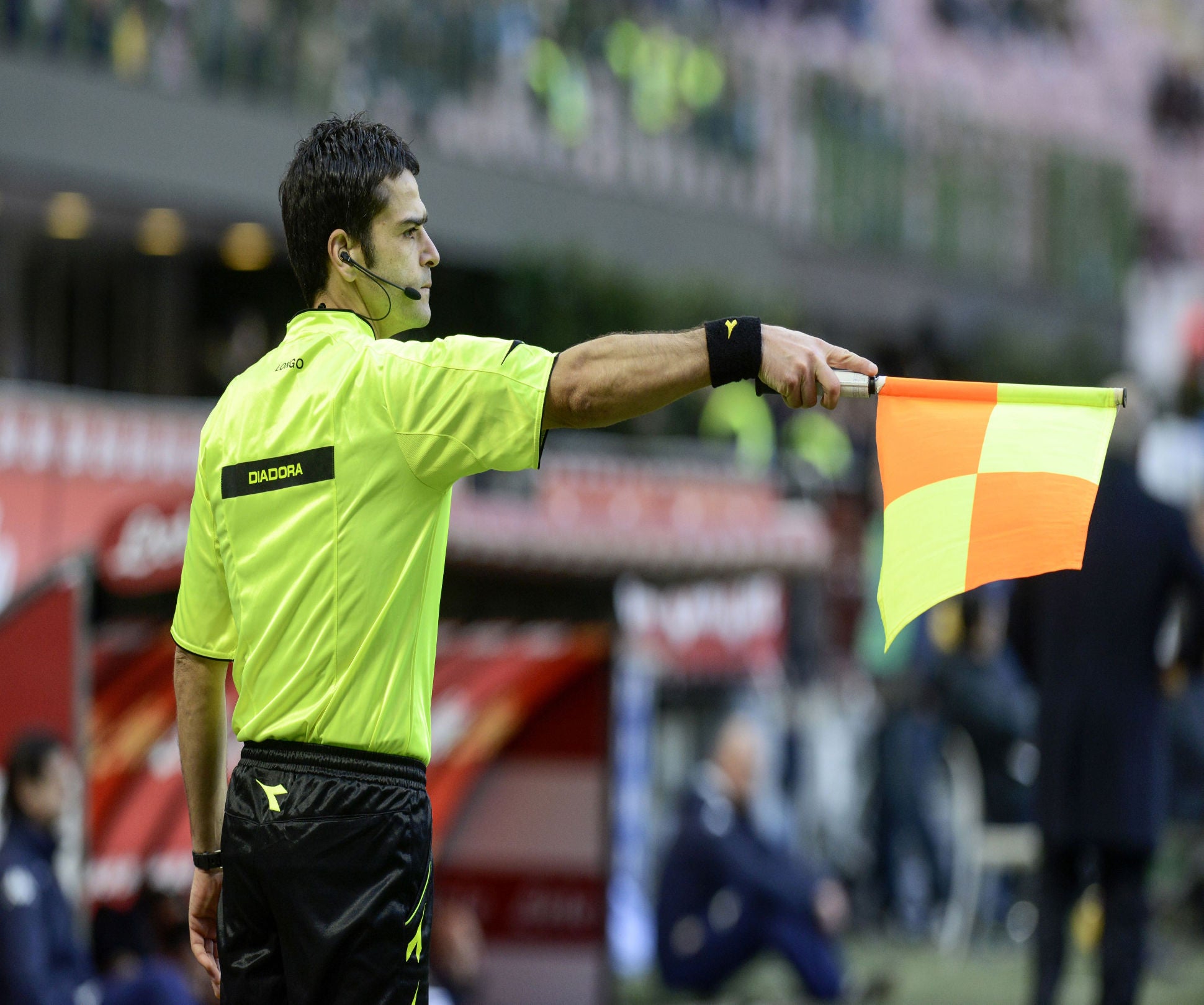The 2022 FIFA World Cup in Qatar is expected to adopt semi-automated offside systems, using artificial intelligence (AI) technology. In his Vision 2020-2023 pledge, FIFA president Gianni Infantino pledged to harness technology in football to improve the experience globally. He stated that “semi-automated offside technology is an evolution of the VAR systems that have been implemented across the world”.
FIFA has been trialing semi-automated VAR offside technology at previous FIFA tournaments, including the FIFA Arab Cup 2021 and the FIFA Club World Cup 2021, which have seen successful results. Al Rihla, adidas’ official match ball for Qatar, will also improve kick point precision as it contains a sensor in the center of the ball to track data 500 times per second.
Semi-automated offside technology
The AI system consists of 12 cameras mounted under the roof of stadiums to track players’ movement, monitoring 29 points on the body of each player. The data is then processed by the software and, upon detecting a potential offside position, a message is sent to the video assistant referee (VAR). By applying AI to limb and ball tracking data, the technology is able to officiate offside calls within seconds and reduces the time spent looking at offside calls. Not only will it enable faster decisions, but also more accurate ones.
The future of automation in football
The Premier League is also expected to adopt semi-automated offsides next season following a successful introduction in the Champions League. While implementing the technology will be costly, the Premier League is in a good position to adopt this system as nine teams already have basic the Hawk-Eye computer vision infrastructure in place. Currently, the League relies on camera images from Sky and BT.
However, not all fans are happy with the technology. One concern is that it kills the thrill of the sport and breaks the flow of the game, making it less enjoyable for fans who want to be immersed in the action. Not knowing the decision a referee will give is considered an enjoyable aspect of the game.
Nonetheless, Pierluigi Collina, chairman of the FIFA Referees Committee, assured fans that ultimately “referees and the assistant referees are still responsible for the decision on the field of play” and that it is not a ‘robot offside’.

US Tariffs are shifting - will you react or anticipate?
Don’t let policy changes catch you off guard. Stay proactive with real-time data and expert analysis.
By GlobalDataMoreover, for fans, 3D animation will be used to display the position of players’ limbs at the moment the ball was played. This will improve communication and transparency for both in-stadium fans and television viewers. Johannes Holzmüller, FIFA Director of Football Technology & Innovation, stated that “this process was developed with input from FIFA’s Fan Experience Panel”.
The sports sector is keen to continue to embed technology to assist decision-making and embrace the benefits of automation.







